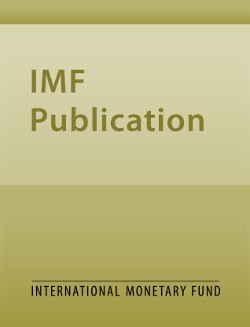
How Informative Are Real Time Output Gap Estimates in Europe?
We study the properties of the IMF-WEO estimates of real-time output gaps for countries in the euro area as well as the determinants of their revisions over 1994-2017. The analysis shows that staff typically saw economies as operating below their potential. In real time, output gaps tend to have large and negative averages that are largely revised away in later vintages. Most of the mis-measurement in real time can be explained by the difficulty in predicting recessions and by overestimation of the economy’s potential capacity. We also find, in line with earlier literature, that real-time output gaps are not useful for predicting inflation. In addition, countries where slack (and potential growth) is overestimated to a larger extent primary fiscal balances tend to be lower and public debt ratios are higher and increase faster than projected. Previous research suggests that national authorities’ real-time output gaps suffer from a similar bias. To the extent these estimates play a role in calibrating fiscal policy, over-optimism about long-term growth could contribute to excessive deficits and debt buildup.
Publication date: September 2019
ISBN: 9781513512549
$18.00
Add to Cart by clicking price of the language and format you'd like to purchase
Available Languages and Formats
| English |
Prices in red indicate formats that are not yet available but are forthcoming.
Topics covered in this book
This title contains information about the following subjects.
Click on a subject if you would like to see other titles with the same subjects.
Business Cycles , Potential Output , Fiscal Policy , Monetary Policy
Summary



